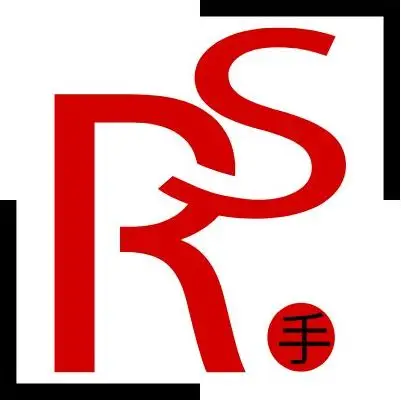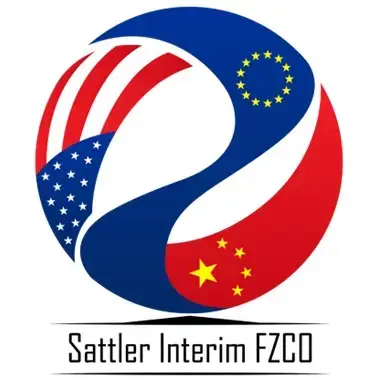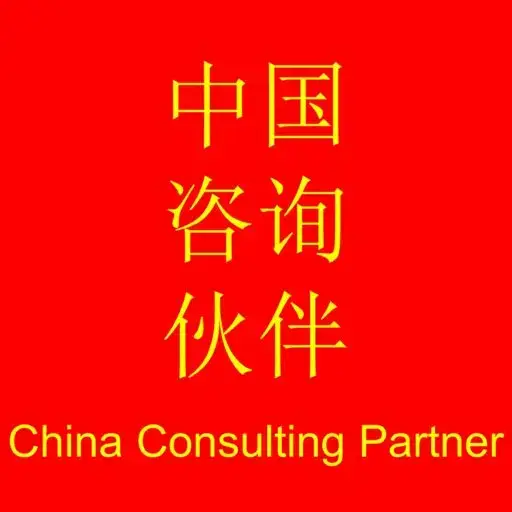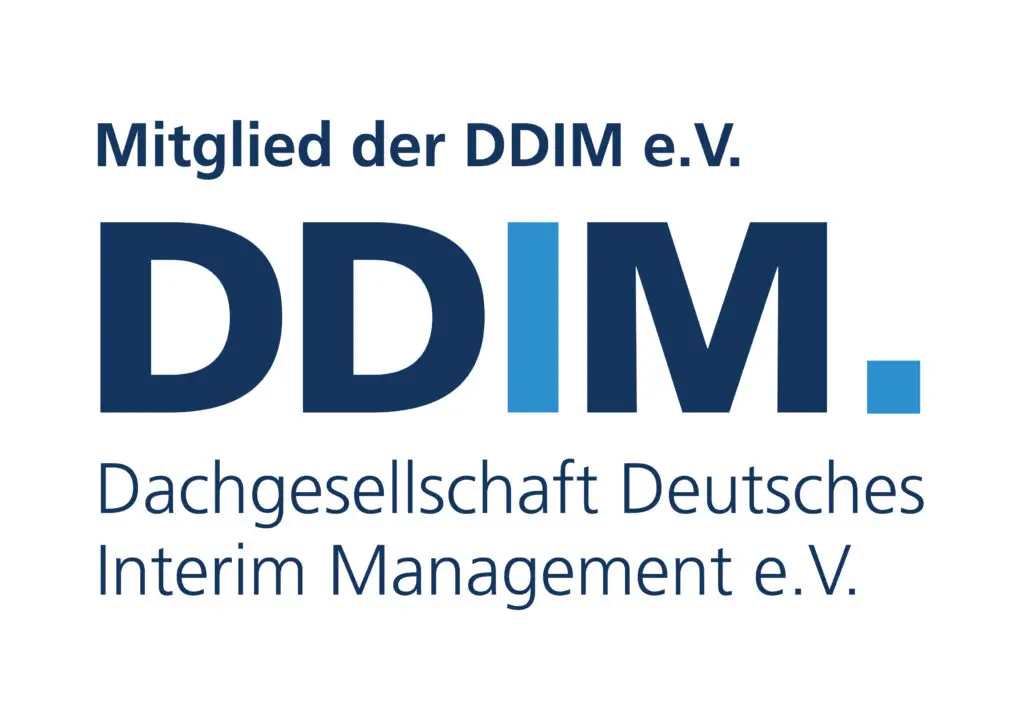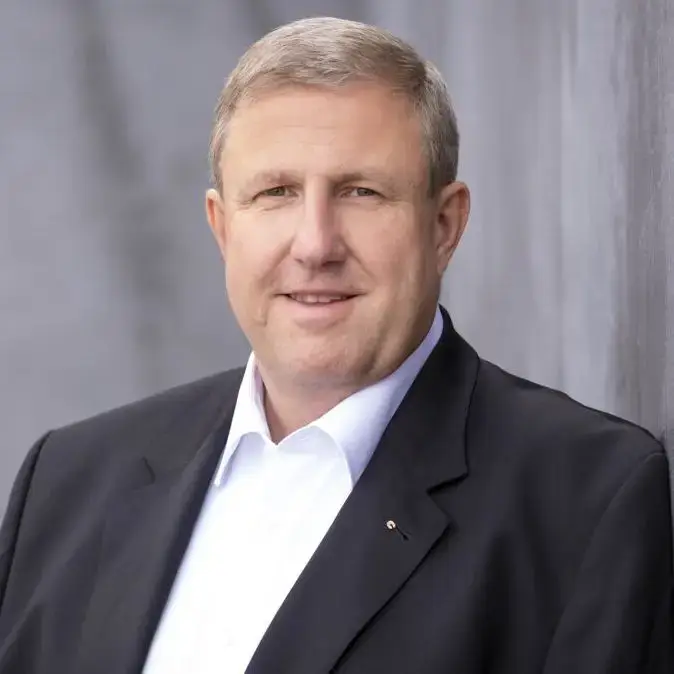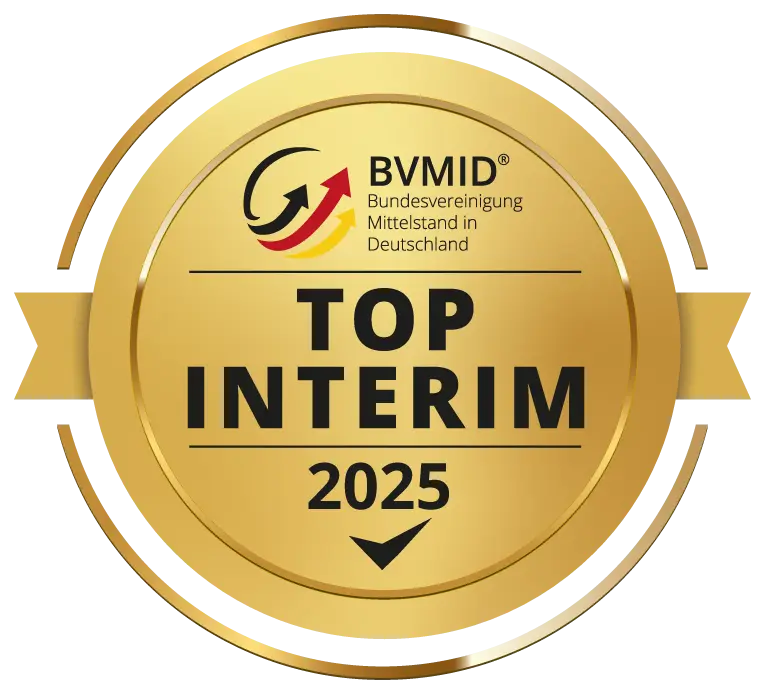LNG for heavy goods traffic
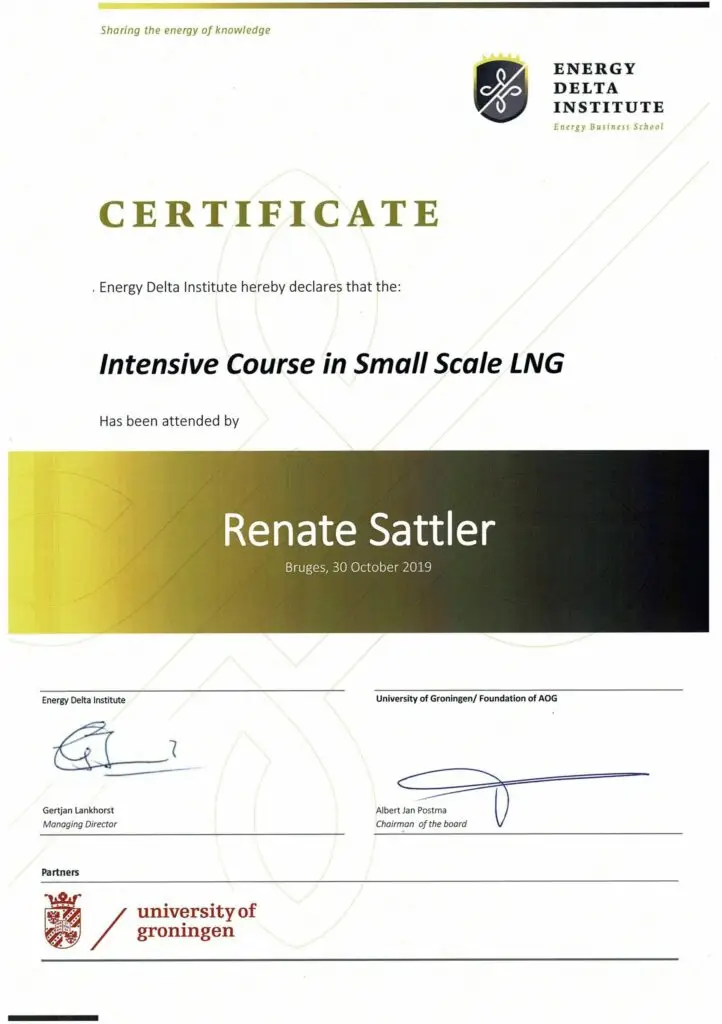
On October 30, 2019, Renate H. Sattler reached a significant milestone in her career. On this day, she received the prestigious certificate for her successful participation in the “Intensive Course in Small Scale LNG” in Bruges, Belgium. This award underlines Sattler’s commitment and expertise in the field of LNG for heavy goods transport, a forward-looking topic in the transportation industry.
LNG as the fuel of the future
Liquefied natural gas (LNG) is becoming increasingly important as an alternative form of propulsion in heavy goods transportation. LNG offers considerable advantages over conventional fuels such as diesel, particularly in terms of reducing greenhouse gas emissions. In the medium term, the use of LNG is the only competitive option for reducing GHG emissions in heavy goods transport [source: 2].
Renate H. Sattler's path to becoming an LNG expert
Sattler’s interest in LNG for heavy goods transport developed from her many years of experience in the logistics industry. She recognized the potential of this technology early on and decided to specialize in this area. The “Intensive Course in Small Scale LNG” in Bruges offered her the perfect opportunity to deepen her knowledge and familiarize herself with the latest developments.
The "Intensive Course in Small Scale LNG"
The course Sattler attended took place in Bruges, a city of strategic importance for the LNG industry. Bruges is part of the port of Antwerp-Bruges, which plays a key role in the import, local production, processing and inland transportation of green hydrogen and hydrogen carriers such as ammonia and methanol [source: 3].
The intensive course offered participants a comprehensive insight into the world of small-scale LNG. The topics covered included:
- Basics of LNG technology
- Infrastructure for LNG refueling
- Safety aspects when handling LNG
- Economic and environmental benefits of LNG in heavy goods transport
- Current developments and future prospects
LNG infrastructure in Europe
During her stay in Bruges, Sattler had the opportunity to visit the Fluxys LNG terminal. This terminal for the regasification of liquefied natural gas in the Belgian port of Zeebrugge has an impressive capacity of 9 billion cubic meters per year and serves as a supply center for liquefied natural gas for northwestern Europe [source: 4].
The tour of the terminal showed Sattler the practical implementation of the theory she had learned in the course and showed her the dimensions of the LNG infrastructure at European level.
LNG for heavy goods transport: a promising future
Sattler’s certificate comes at a time when LNG is becoming increasingly important for heavy goods transportation in Europe. The European Union has set ambitious targets for the development of an LNG infrastructure. These include the construction of LNG filling stations for heavy goods traffic with a distance of approx. 400 km and the equipping of all inland and seaports in the EU with LNG bunkering facilities [source: 2].
Projects such as the “LNG Blue Corridors” co-financed by the EU aim to install LNG filling stations along trans-European heavy goods transport routes and convert trucks from diesel to LNG operation. These developments underline the relevance of Sattler’s newly acquired expertise.
Challenges and opportunities
Despite the great potential of LNG for heavy goods transport, there are still challenges to overcome. These include the development of a nationwide refuelling infrastructure, overcoming reservations about the new technology and optimizing LNG vehicle technology.
However, Sattler sees these challenges as opportunities. With her newly acquired knowledge, she is ideally equipped to work on solutions to these problems and drive forward the introduction of LNG in heavy goods transport.
Future prospects
The future of LNG for heavy goods transport looks promising. Countries such as the Netherlands have already set ambitious targets. For example, the Dutch LNG platform is planning to put hundreds of LNG-powered vehicles on the road within a few years and to convert numerous ships to LNG [source: 2].
Sattler is convinced that this development will also gain a foothold in other European countries. She sees it as her task to communicate the potential of LNG for heavy goods transport and to support companies in switching to this more environmentally friendly form of propulsion.
Conclusion
Renate H. Sattler’s certificate for the “Intensive Course in Small Scale LNG” marks an important step in her professional career and underlines her position as an expert for LNG in heavy-duty transportation. Her commitment and expertise will undoubtedly contribute to the introduction of this promising technology in the transportation industry.
At a time when reducing greenhouse gas emissions in the transport sector is crucial, LNG plays a key role for heavy-duty transportation. Sattler’s expertise will help to overcome the challenges and fully exploit the opportunities of this technology.
With the knowledge she acquired in Bruges, Renate H. Sattler is ideally equipped to help shape the future of heavy goods transport and make an important contribution to the sustainable development of the transport industry. Her certificate is not only a personal distinction, but also an asset for the entire industry, which will benefit from her expertise in the field of LNG for heavy goods transport.
Sources
- https://beck-online.beck.de/Modul/56922/Inhalt/570?expandedOpusId=113609
- https://www.dvgw.de/medien/dvgw/forschung/berichte/g201508ms.pdf
- https://logistik-heute.de/news/wasserstoff-hafen-antwerpen-bruegge-plant-ammoniak-terminal-38597.html
- https://www.heinen-doors.com/de/projekte/das-lng-terminal-von-fluxys/
- https://totalenergies.de/produkte/kraftstoffe/erdgas/lng/schwerlastverkehr
- https://www.tagesschau.de/wirtschaft/weltwirtschaft/lng-h2-pipelines-belgien-energietransit-101.html
